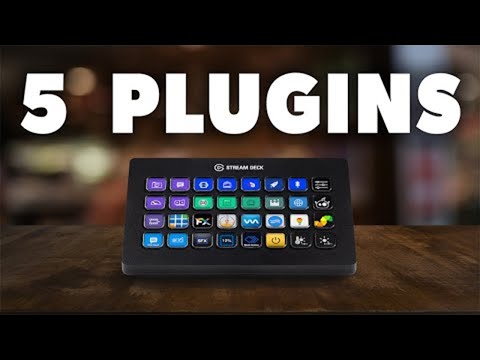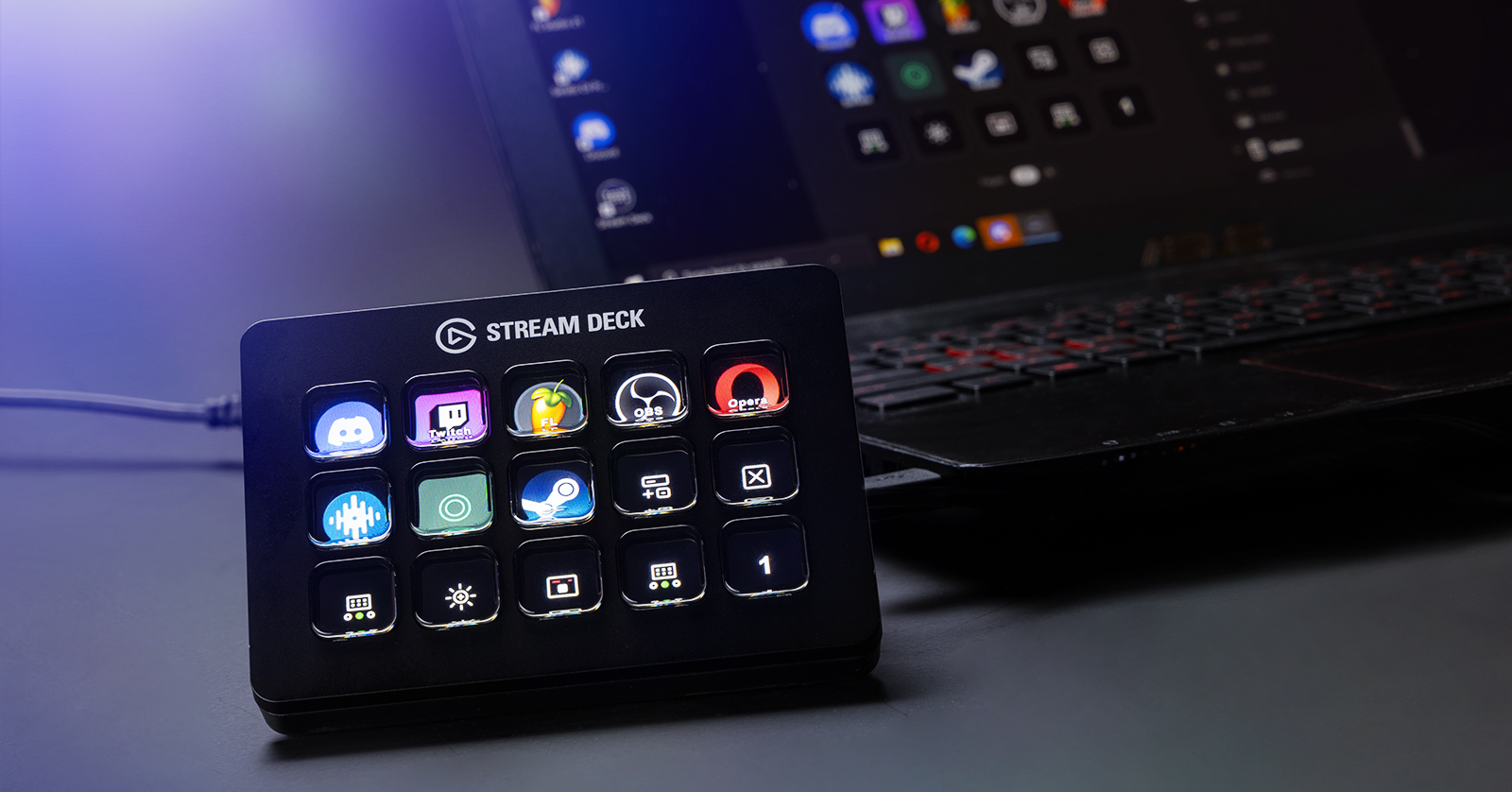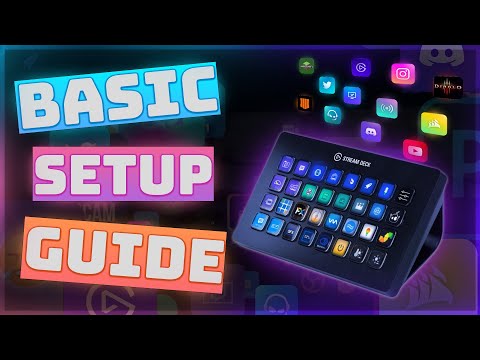# The Ultimate Guide to Customizing Your Stream Deck for Working From Home
The Elgato Stream Deck is a powerful productivity tool that can transform your remote work experience. With the right plugins and customization, you can streamline virtual meetings, automate repetitive tasks, and boost your efficiency. MuteDeck is a game-changing plugin that allows you to effortlessly control your mute status, video, recording, screen sharing and more across popular platforms like Zoom, Microsoft Teams, and Google Meet.
# Stream Deck Setup
To get started with your Stream Deck, follow these simple steps:
- Connect your Stream Deck directly to a USB port on your computer, avoiding USB hubs for optimal performance.
- Download and install the Stream Deck app from the Elgato website.
- Launch the Stream Deck app to begin customizing your device and installing essential plugins like MuteDeck, which streamlines virtual meeting management across various platforms.
With your Stream Deck set up and the app running, you're ready to dive into the world of customization and unlock the full potential of this versatile productivity tool.
# Essential Plugins Overview

To elevate your Stream Deck experience, consider installing these essential plugins:
- DeckAssistant AI (opens new window): Harness AI capabilities to process text, engage in freeform conversations, and utilize custom prompts, message editing, and image generation.
- PowerPoint Plugin (opens new window): Effortlessly manage presentations with slide navigation, laser pointer, and presentation timer controls.
- Keyboard Maestro (opens new window): Create complex macros and shortcuts, triggering them with a single button press to streamline your workflow.
- Light Control Plugin: Manage your Philips Hue or Nanoleaf lighting setup directly from your Stream Deck, adjusting brightness, color temperature, and power settings for the perfect remote work environment.
- MuteDeck (opens new window): A game-changing plugin that allows you to effortlessly control your mute status, video, recording, screen sharing and more across popular platforms like Zoom, Microsoft Teams, and Google Meet.
These plugins, alongside the powerful MuteDeck, can significantly enhance your productivity and simplify your virtual meeting experience.
# Customizing for Productivity
Now that you have the essential plugins installed, it's time to customize your Stream Deck to suit your workflow:
- Create a home screen profile with frequently used actions, including buttons for launching applications, controlling audio settings, and managing virtual meetings.
- Set up a dedicated profile for virtual meetings with MuteDeck, featuring buttons to mute/unmute, toggle video, start/stop recording, share your screen, and leave the meeting.
- Automate repetitive tasks using the Stream Deck's multi-action feature, such as opening your email client, starting a new email, and inserting a pre-written template with a single press.
- Integrate your Stream Deck with productivity tools like AppleScript, Keyboard Maestro, or BetterTouchTool to execute complex automations and scripts.
- Personalize your Stream Deck by customizing key icons using 72 x 72 pixels .jpg or .png files, either creating your own or downloading pre-made sets from websites like icons8.com.
# Advanced Customization Tips

For power users looking to take their Stream Deck customization further:
- Leverage webhooks and APIs to integrate your Stream Deck with other applications and services, such as triggering actions in your home automation system or sending notifications to your phone.
- Set up multiple profiles for different applications, like a dedicated profile for Photoshop with buttons for common tools and actions, and another for your video editing software.
- Organize your Stream Deck using folders and pages to create a hierarchical structure for your buttons, making it easier to navigate and find the actions you need.
- Install plugins that allow you to monitor system performance, such as CPU and memory usage, to keep an eye on your computer's performance while working on resource-intensive tasks.
